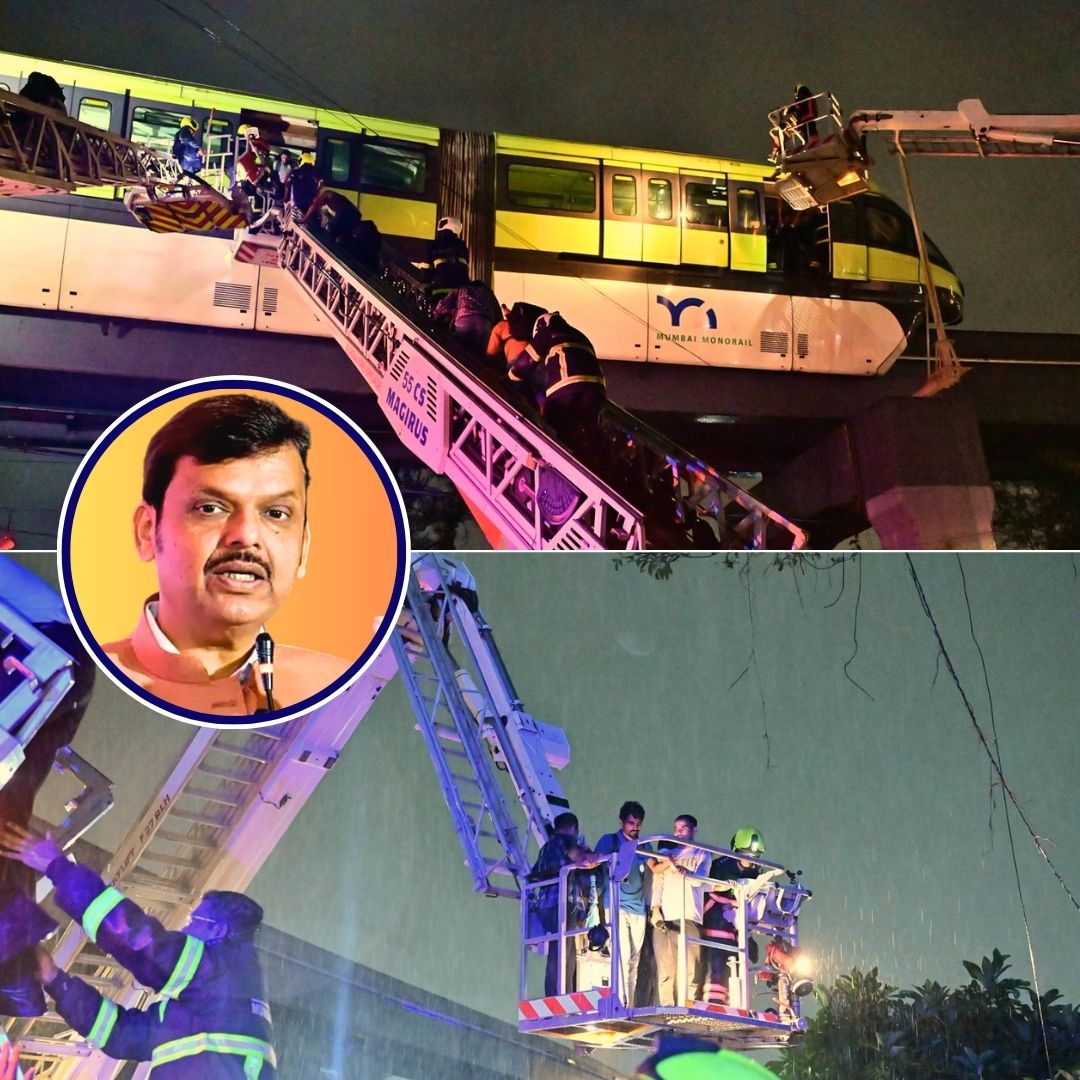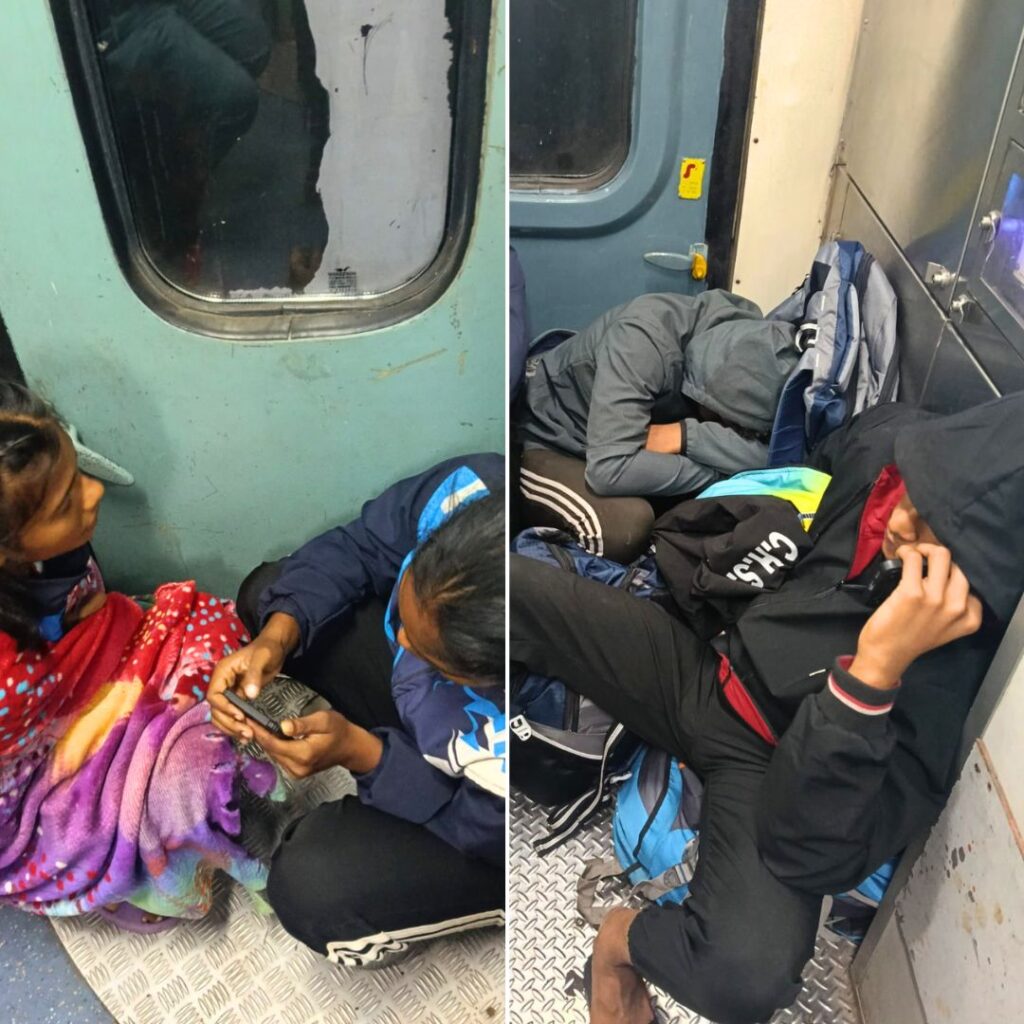On August 19, 2025, chaos unfolded in Mumbai as two monorail trains halted between stations during a heavy rainfall, leaving nearly 800 people trapped above ground for hours. The emergency, triggered by a sudden surge in passenger numbers due to battered local train lines, led to a rapid response from city authorities.
A major rescue operation ensued, with agencies using ladders, cranes, and emergency medics to evacuate passengers, some of whom suffered dehydration and panic. Chief Minister Fadnavis promised an inquiry and the resumption of monorail services, with the state government reviewing transit safety after the ordeal.
Stranded in the Skies: Hours of Peril and Panic
The drama began as abnormal monsoon rains lashed Mumbai, overwhelming key city services. With local train lines, Mumbai’s lifeline, shut for safety, thousands flocked to the monorail, pushing it far beyond its designed limits. The two affected trains stalled mid-journey, one between Mysore Colony and Bhakti Park and another between Acharya Atre and Wadala.
Passengers, including office workers, children, and senior citizens, endured sweltering heat, thinning air, and growing anxiety, with some reportedly fainting as hours ticked by.
“We were left without water, with windows sealed; many felt breathless and frightened,” recounted a commuter. Authorities reported at least a dozen hospitalised for suffocation and exhaustion, a grim reflection of the ordeal faced by the stranded.
Multi-Agency Rescue: Heroic Action Amid Deluge
Mumbai’s response machinery was quickly mobilised. The rescue operation, lasting over four hours, involved the Mumbai Fire Brigade, police, MMRDA, and local civic agencies. Snorkel cranes and scissor lifts were deployed, and emergency ladders reached up to the embattled coaches.
Medics provided immediate aid, distributing water and tending to those in distress, while nearby hospitals readied to accept evacuees. The operation concluded with 782 passengers safely removed; the last to leave were attended by medical professionals on-site. “All agencies are working together.
The highest priority is the safety of all passengers,” declared Chief Minister Devendra Fadnavis, addressing the public and media. Deputy CM Eknath Shinde attributed the overcrowding to the closure of suburban trains, emphasising the need for more robust systems during crises.
What Went Wrong: Infrastructure and Accountability
Officials pinpointed two chief reasons for the halted trains: overloading and an electrical supply disconnect. MMRDA admitted that the monorail carriages carried nearly 10% more than their maximum safe load—109 tonnes versus a limit of 104, triggering a fail-safe shutdown.
This technical flaw cut off power and immobilised trains, raising anew the vulnerability of Mumbai’s monorail system, which has been criticised for similar issues in recent years. Experts and citizen groups urged prompt upgrades and stricter oversight, noting that Mumbai’s changing climate and rising population demand far greater resiliency from transit networks.
MMRDA has since committed to engineering reviews and staff retraining, while the government’s announced inquiry seeks to address both immediate and systemic risks.
The Logical Indian’s Perspective
The people of Mumbai once again showed remarkable patience and unity, reflecting a city spirit that is undiminished even in adversity. Emergency officials and ordinary citizens alike demonstrated courage and compassion, turning a potential tragedy into a testament of Mumbai’s strength.
However, this crisis also reveals longstanding cracks in planning and preparedness: infrastructure gaps, reactive governance, and a need for genuine community collaboration. For a metropolis of Mumbai’s scale, only sustained investment, dialogue, and accountability can guarantee safety for all. .
#WATCH | Mumbai: A Monorail train near Mysore Colony station experienced a power supply issue. Efforts to rescue the passengers underway. pic.twitter.com/V2Sqwyvmu5
— ANI (@ANI) August 19, 2025











